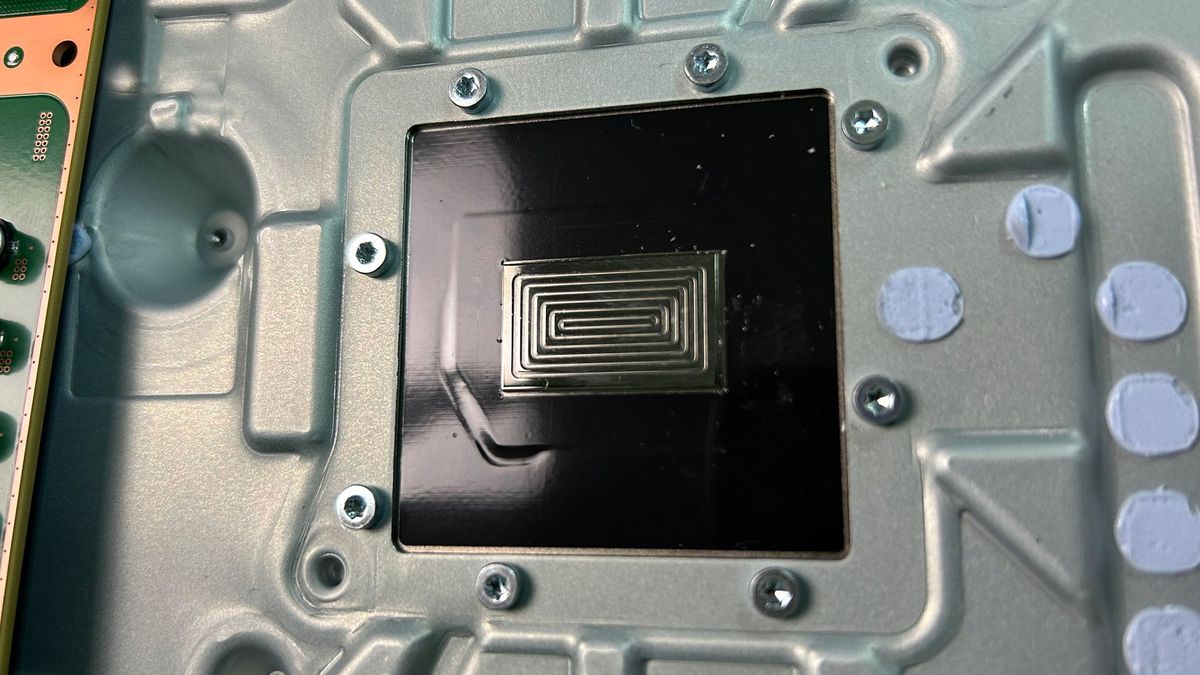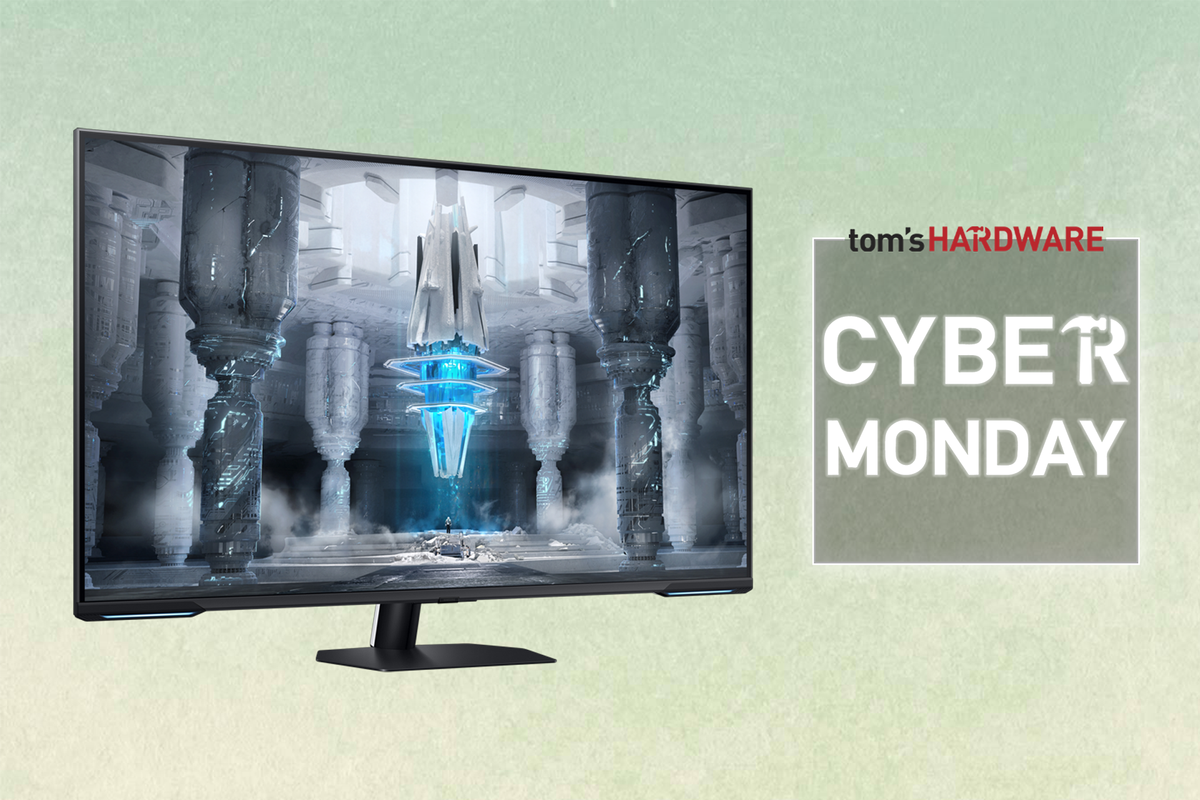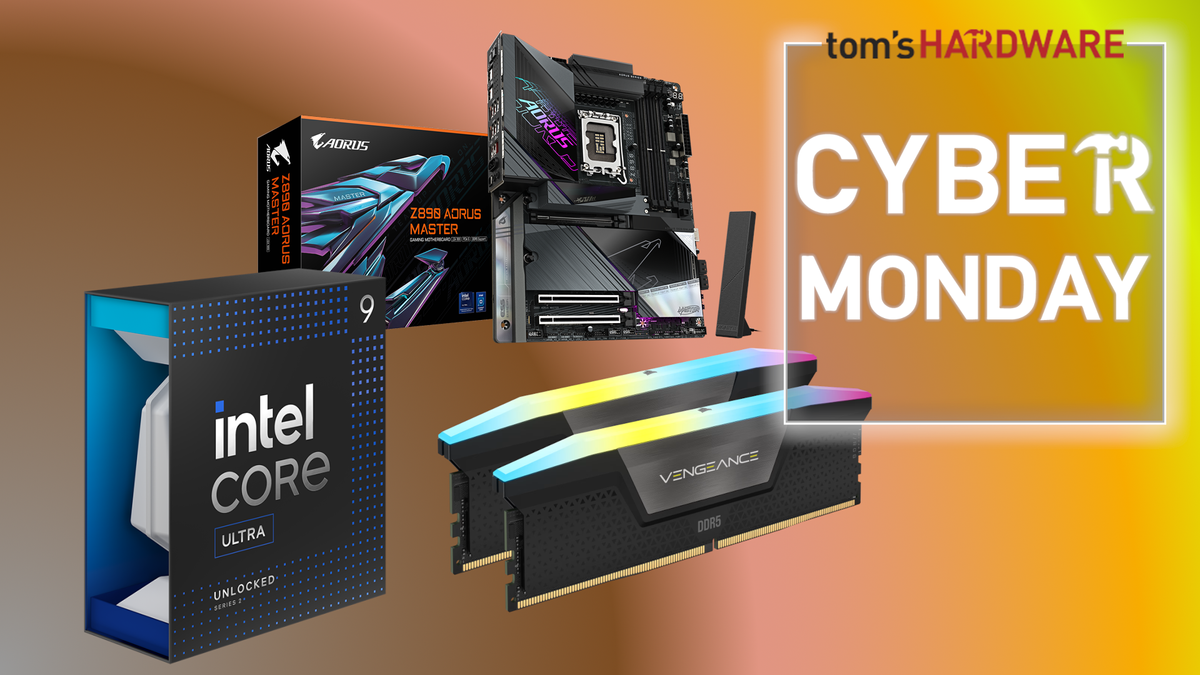A U.S. analyst of Chinese technology said that the country has already solved its energy problem — at least in terms of power for its AI infrastructure. Rui Ma, founder of Tech Buzz China, posted on X that the country’s massive investments in advanced hydropower and nuclear technologies meant that its “electricity supply is secure and inexpensive.” This is in contrast to the U.S., where many AI data centers are disrupting its electricity grid and supply, resulting in a lack of supply and price increases for every user.
Both Washington and Beijing are currently in an AI race, with the two powers vying for the lead in this technology. Because of this, the two rivals are diving into a massive build-out of AI data centers that require massive amounts of electricity to run. In the U.S., it has come to the point that tech giants are building their own power plants — with Elon Musk importing one to power his data centers and companies, like Microsoft, Google, Amazon, Oracle, Nvidia, and more investing in the research and development of nuclear reactors.
However, it seems that this is not a problem for China. According to Fortune, the East Asian country has an 80% to 100% power reserve, allowing it to absorb the massive demand brought about by the hundreds of data centers it built in recent years. More than that, it’s also continually expanding its output, with one expert telling the publication that it “adds more electricity demand than the entire annual consumption of Germany, every single year.”
Follow Tom's Hardware on Google News to get our up-to-date news, analysis, and reviews in your feeds. Make sure to click the Follow button.

 3 months ago
66
3 months ago
66






 English (US) ·
English (US) ·